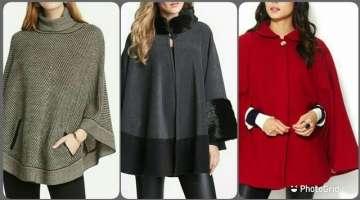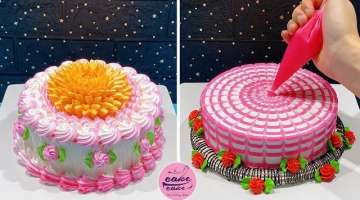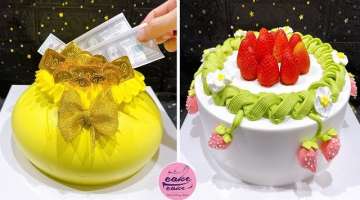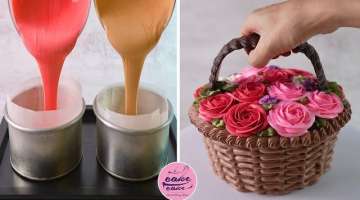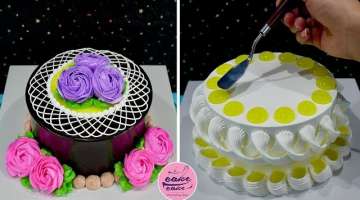The Pikachu Bird, The Cream-colored Woodpecker Has Amazing Feathers (video)
This beautiful creamy-yellow woodpecker is native to South America and resident in its range. The nominate race presents very variable coloration in plumage, with wide degree of individual variation.
- 1 | 9

Cream-coloured Woodpecker adult male has pale creamy-yellow plumage, from buff-yellow to sulphur-yellow. Some brown feathers can be present on head and back. On the wings, colour is variable. Usually, wings are dusky, with brown bases, but sometimes with more brown or rufous-brown. Flight feathers are darker, mostly brown. Upper coverts can be edged yellow, and inner flight feathers can be rufous.
- 2 | 9

Rump is pale creamy-yellow. Upper tail is blackish. Underparts are pale creamy-yellow. The under wing is mostly brownish, with creamy-buff coverts. Undertail coverts are pale creamy-yellow, whereas undertail feathers are dark brownish. On the creamy-yellow head, male shows a red patch on lower cheek, as malar stripe. It has a long yellowish crest from crown to the nape, always raised. Strong bill is slightly chisel-tipped, relatively narrow and yellowish in colour. Eyes are red to red-brown, with dark eye-ring. Legs and feet are dark grey.
- 3 | 9

Female is similar, but she lacks the red malar stripe. Juvenile resemble adults, but its plumage is slightly cinnamon-buff. We can see some barring on tertials. Young male shows very soon red tips on cheek feathers. We can find four subspecies within the range: Celeus flavus flavus. Celeus flavus peruvianus, slightly larger, with more brown in wings than nominate. Celeus flavus tectricialis, similar in size, with much brown in wing coverts and paler flight feathers.Celeus flavus subflavus is largest, with broad bases and centres in feathers on mantle and breast.
- 4 | 9

Cream-coloured Woodpecker utters typical loud, sharp "whaa-jer". This call may be repeated several times in rapid series, and by several birds. We can also hear a loud clear "pueer, pueer, purr, paw" with descending last two notes. Its usual call is a distinctive high-pitched laugh. Its drumming is relatively strong and helps to localize the bird.
- 5 | 9

Cream-coloured Woodpecker lives mainly in swamp forests, also in swampy second growth woodlands and edges, gallery forests, mangroves and várzea, which is a forest close to rivers and flooded during several months every year. It is also found in other habitats such as cacao plantations, from lowlands up to about 400 to 700 metres of elevation. Cream-coloured Woodpecker lives mainly in swamp forests, also in swampy second growth woodlands and edges, gallery forests, mangroves and várzea, which is a forest close to rivers and flooded during several months every year. It is also found in other habitats such as cacao plantations, from lowlands up to about 400 to 700 metres of elevation.
- 6 | 9

Cream-coloured Woodpecker feeds mainly on ants and termites, and also fruits and seeds. It can be seen foraging singly, but it is often in pairs or in small groups of three or four birds. This woodpecker usually forages low in trees or at medium height, but sometimes it reaches the canopy.
- 7 | 9

It breaks open arboreal ant nests because these papery nests are softer than those of arboreal termites. Cream-coloured Woodpecker is resident in its range and does not migrate. Four Celeus species living in the same forest don't compete for food, because each one forages in different forest stratum.
- 8 | 9

They are diurnal birds, leaving the roost at sunrise, but reducing their activity at midday. At this moment, they engage mainly in preening. Woodpecker usually roosts in hole in tree. When in pairs, both mates are perched close to each other on the same branch.
- 9 | 9

Creamy-coloured Woodpecker, as most of woodpeckers, performs undulating flight, with series of rapid wing beats and brief glides on closed wings that produces a characteristic bounding flight. Breeding season occurs from April to June in Colombia, maybe earlier in Venezuela. Nesting behaviour is unknown, but Cream-coloured Woodpecker probably nests in cavities, in holes in trees. Cream-coloured Woodpecker is not globally threatened. It is more or less common according to the region.

